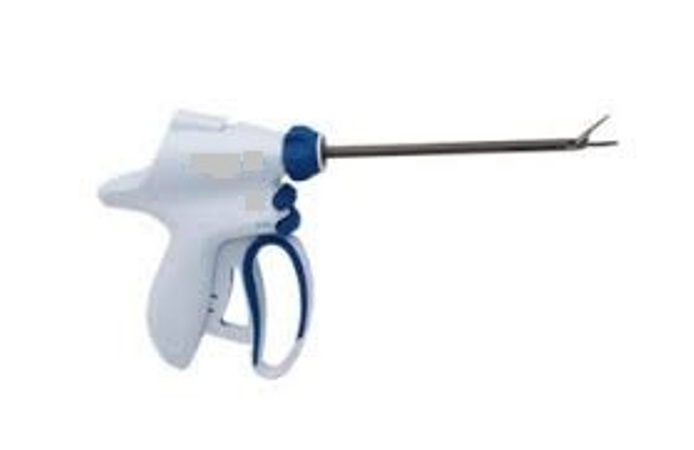
The global market for rheumatoid arthritis treatments is expected to grow at a CAGR of...
Learn More
Our consulting solutions address company specific challenges with respect to micro environment...
Learn More
Organizations frequently need day-today research guidancein order to gain strategic...
Learn More
Exploring different areas of market research and market analysis is a key factor...
Learn MoreAcute Market Reports presents the most extensive global business research services across industries. Our research studies focus on potential outcomes, benefits, and risks associated with each market segment across geographies. Having served our global clients for more than 10 years, our prime priority is to enable our clients in making well-informed business decisions through a data-driven, analytical, and uncomplicated research approach.
We provide access to the world's most comprehensive, analytical, and updated business intelligence services and solutions.




The ultrasonic scalpel market is a critical component of modern surgical procedures, offering precision and reduced tissue damage. The ultrasonic scalpel market is expected to grow at a CAGR of 8.1% during the forecast period of 2025 to 2033. As of 2...
Read More
The leisure boat market caters to the recreational desires of individuals, offering a variety of watercraft for leisure activities. The leisure boat market is expected to grow at a CAGR of 5.5% during the forecast period of 2025 to 2033, driven by bo...
Read More
The industrial aerators market plays a pivotal role in various industrial processes by facilitating efficient oxygen transfer and mixing of liquids. These essential devices find application in diverse industries, including wastewater treatment, aquac...
Read More




